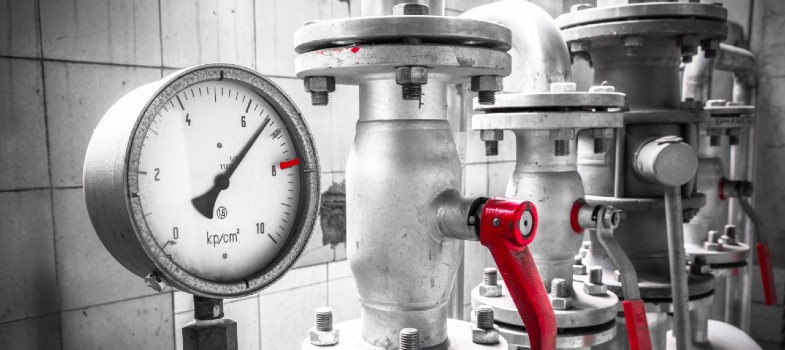Transcript: Water supply options
Let’s consider water supply in an arid country.
In a water scarce region with no natural aquifer the only options for water supply are the sea and sewage. Clearly most people prefer sewage rather than seawater but, well, sometimes there’s no option. The processes appropriate to treating these waters can be categorised as biological, clarification/disinfection, and desalination. And the individual processes we’re going to consider are the conventional activated sludge process (or CAS), the membrane bioreactor, the membrane filtration processes of ultrafiltration or microfiltration, classical media filtration followed by disinfection by UV irradiation, and then desalination by reverse osmosis: RO will always be the preferred desalination option, unless there’s bucketloads of free or low cost thermal energy available.
If we take the seawater source first, this has to be filtered, either by membrane or media filtration, before being desalinated. The permeate from the RO is then drinkable, but is normally rehardened to add alkalinity and stabilise the pH.
Sewage is classically treated by the CAS process, and prior to desalination it would, like seawater, need to be filtered – by either of the two options - before going to the RO stage. The other option is to use an MBR instead of CAS. MBRs provide a clarified treated water which means the filtration/disinfection step is unnecessary.
And, once again, the RO permeate will be drinkable but require the same post treatment as for the seawater feed.
Let’s just look at the two options of seawater desalination with ultrafiltration or microfiltration pretreatment ahead of RO, and sewage treatment by MBR followed by RO. The question to be answered is: Which one of these options is the cheapest to run?
In a water scarce region with no natural aquifer the only options for water supply are the sea and sewage. Clearly most people prefer sewage rather than seawater but, well, sometimes there’s no option. The processes appropriate to treating these waters can be categorised as biological, clarification/disinfection, and desalination. And the individual processes we’re going to consider are the conventional activated sludge process (or CAS), the membrane bioreactor, the membrane filtration processes of ultrafiltration or microfiltration, classical media filtration followed by disinfection by UV irradiation, and then desalination by reverse osmosis: RO will always be the preferred desalination option, unless there’s bucketloads of free or low cost thermal energy available.
If we take the seawater source first, this has to be filtered, either by membrane or media filtration, before being desalinated. The permeate from the RO is then drinkable, but is normally rehardened to add alkalinity and stabilise the pH.
Sewage is classically treated by the CAS process, and prior to desalination it would, like seawater, need to be filtered – by either of the two options - before going to the RO stage. The other option is to use an MBR instead of CAS. MBRs provide a clarified treated water which means the filtration/disinfection step is unnecessary.
And, once again, the RO permeate will be drinkable but require the same post treatment as for the seawater feed.
Let’s just look at the two options of seawater desalination with ultrafiltration or microfiltration pretreatment ahead of RO, and sewage treatment by MBR followed by RO. The question to be answered is: Which one of these options is the cheapest to run?
Last modified: Friday, 19 June 2020, 1:42 PM
